Violet Archer
Dr. Violet Balestreri Archer, a seminal figure in Canadian composition, created a distinguished body of work during a career that spanned over six decades. With a life-long commitment to music that left no room for marriage, her music was heralded and performed around the world, and earned honours and awards for her both in Canada and abroad.
Her musical training began before she was ten years of age with piano lessons. She began to compose at the age of 16. Following graduation from McGill University in piano and composition, she obtained the Associate Diploma of the Royal Canadian College of Organists. During those years, she was active as a professional accompanist for singers and as a piano teacher, as well as deputy organist in many Montréal churches. She continued to compose and in the summer of 1942 she was accepted by the great composer, Bèla Bartûk, as a composition student and studied with him in New York.
It was in 1946 that her first work was published: Habitant Sketches for piano. The following year she went to Yale University where she obtained the Master of Music degree in Composition. There she studied for two years with composer Paul Hindemith, one of the great musical minds of the 20th century.
Dr. Archer wrote more than 280 compositions. Her repertoire is wide and extensive, ranging from music for solo flute to electronic music, with an emphasis on chamber music, choral music and songs for solo voice and piano.
Her teaching career was an extensive one and very active in the guiding of young composers. Many of her former composition students both in Canada and the United States are now professionals and recognized in their field.
She was an ardent promoter of Canadian music and other 20th-century music, being active on the boards of a large number of national and regional organizations. She was also active both as a national and regional adjudicator of young composers’ contests in the United States and later in Canada.
The guiding aesthetic force in Archer’s music is best described as neo-classic. “The Norton-Grove Dictionary of Women Composers” describes her music thusly: “Archer’s music is on the one hand dissonantly contrapuntal yet on the other refreshingly folksy. Early modality gave way to a more chromatic style, with a period during the 1950s in which the influence of Hindemith and Gebrauchsmusik is strongly evident. Although she taught 12-tone technique to her students in the USA, she has not used it in her own music, and it is mainly in her variation technique or in a short-lived expressionistic phase in the mid-1960s that her study of Arnold Schoenberg is discernible. Her works are generally characterized by economical, almost lean, textures, skillful manipulation of form, and counterpoint. She has explored new sonorities using parallelism and folk tunes, while rejecting serialism and chance music.”
She was also a deeply religious person who credited her achievements to her faith: “I believe we are guided in what we do. Without my faith I wouldn’t be able to do what I’m doing and, of course, I always feel that each new piece should be better than the last one.”
Dr. Violet Archer was born in Montréal, Québec in 1913, lived most of her mature life in Edmonton, Alberta, and passed away on February 22, 2000 in Ottawa, Ontario, Canada.
PROCAN, Canadian League of Composers
Showing 1–20 of 42 results
-
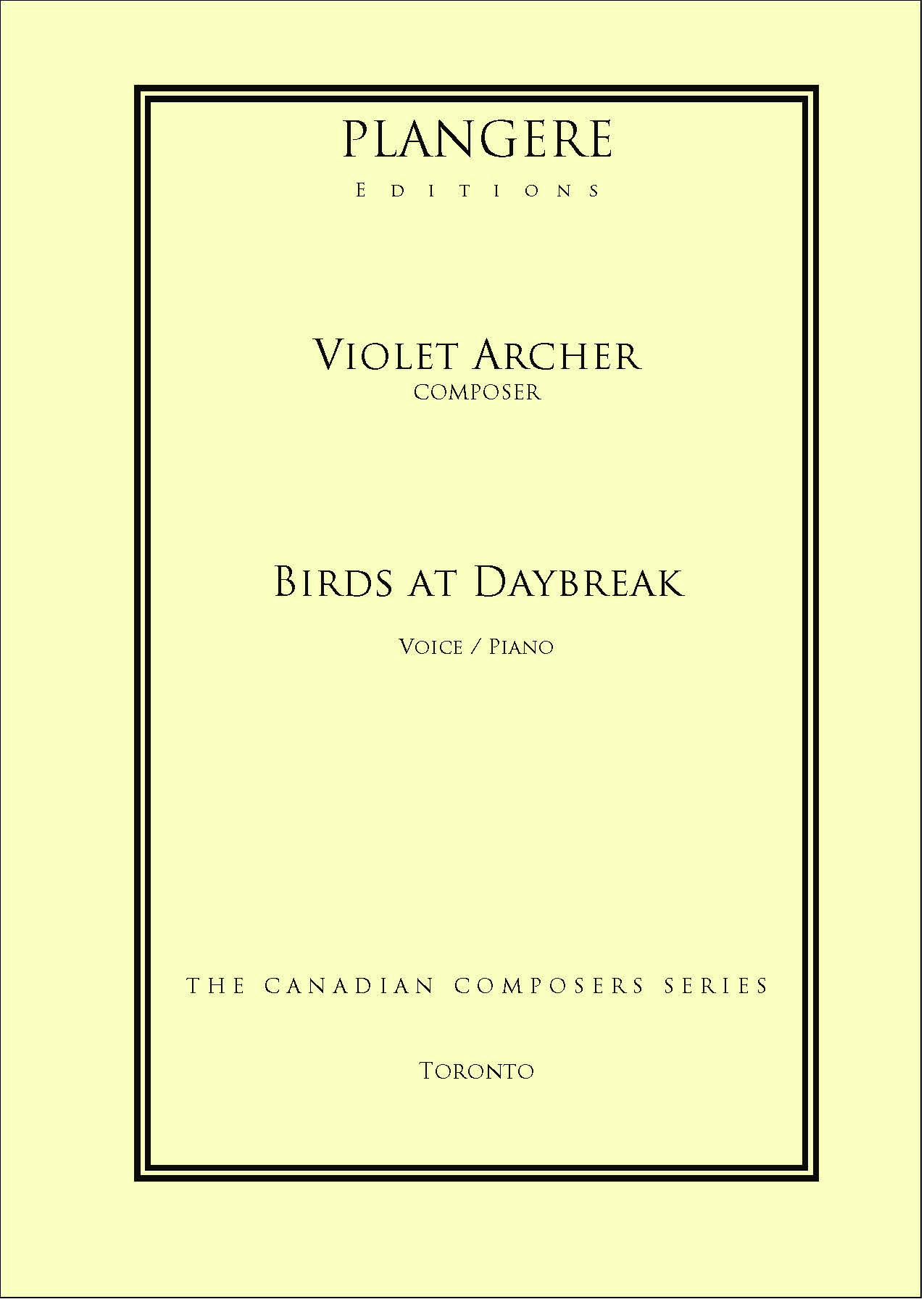
Birds at Daybreak (High Voice)
$29.99 Add to cart -
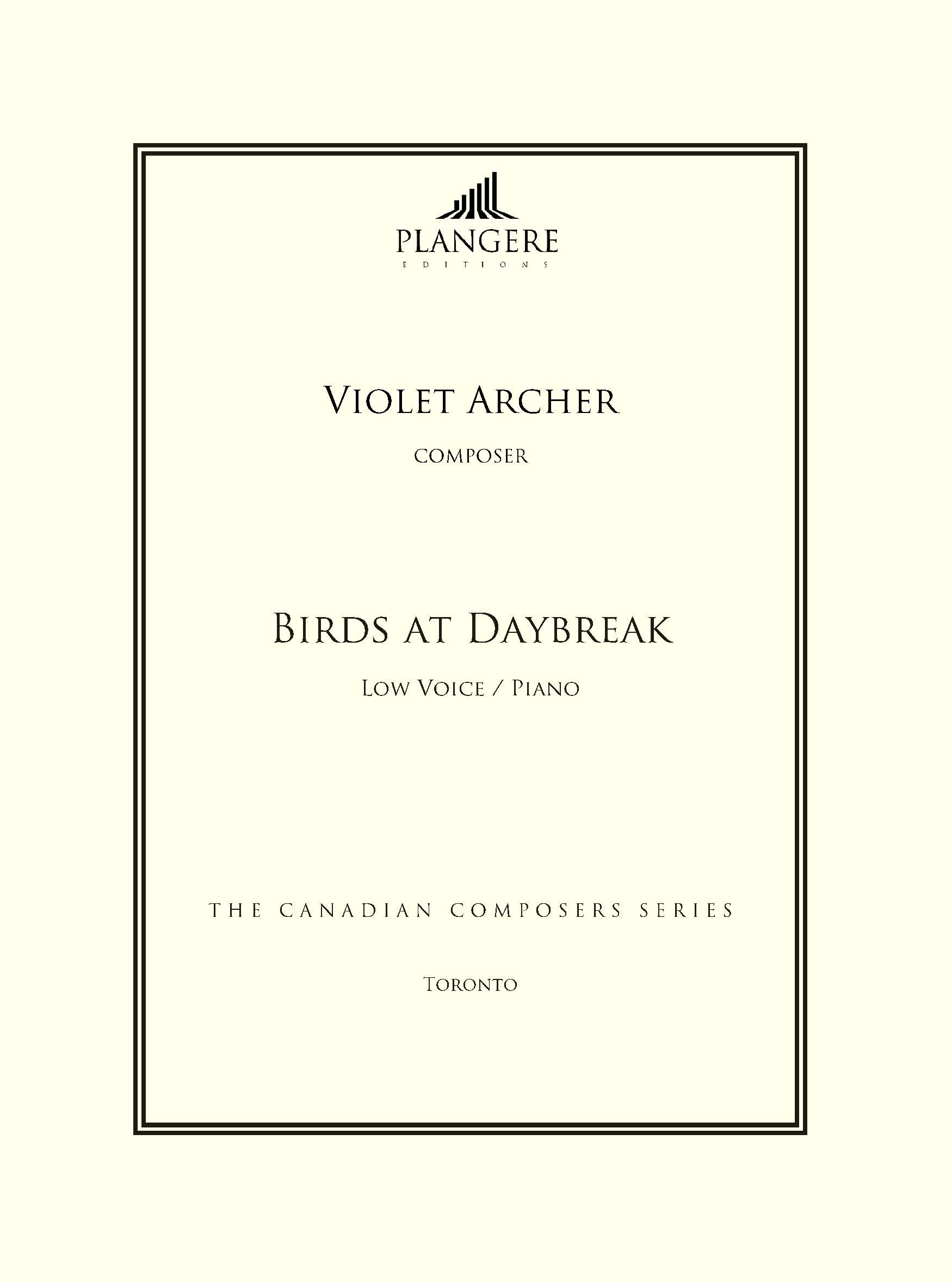
Birds at Daybreak (Low Voice)
$29.99 Add to cart -
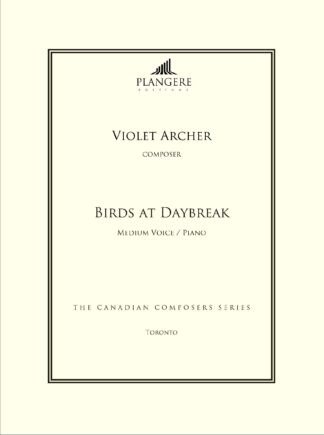
Birds at Daybreak (Medium Voice)
$29.99 Add to cart -
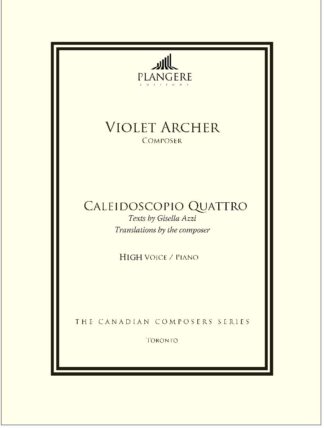
Caleidoscopio Quattro (High Voice)
$24.99 Add to cart -

Caleidoscopio Quattro (Medium Voice)
$24.99 Add to cart -
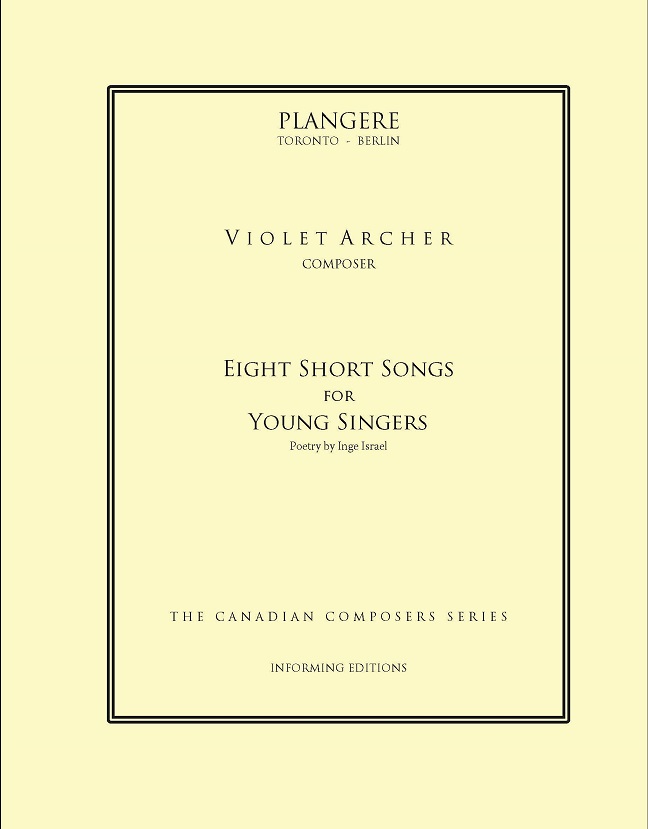
Eight Short Songs for Young Singers
$21.99 Add to cart -
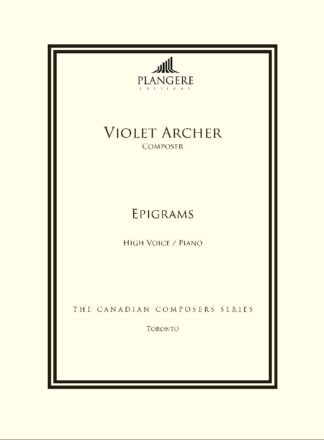
Epigrams (High Voice)
$22.99 Add to cart -
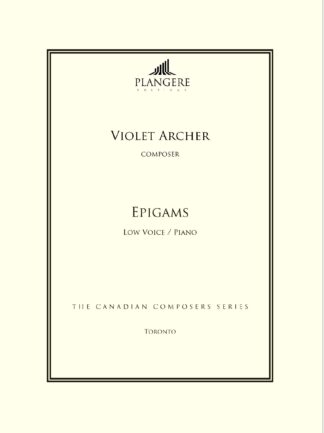
Epigrams (Low Voice)
$22.99 Add to cart -
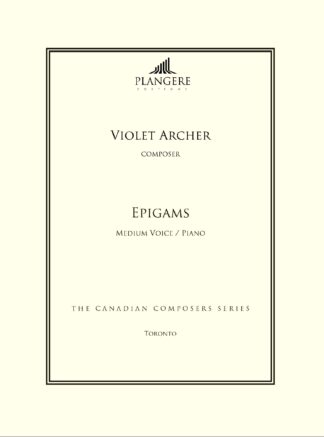
Epigrams (Medium Voice)
$22.99 Add to cart -
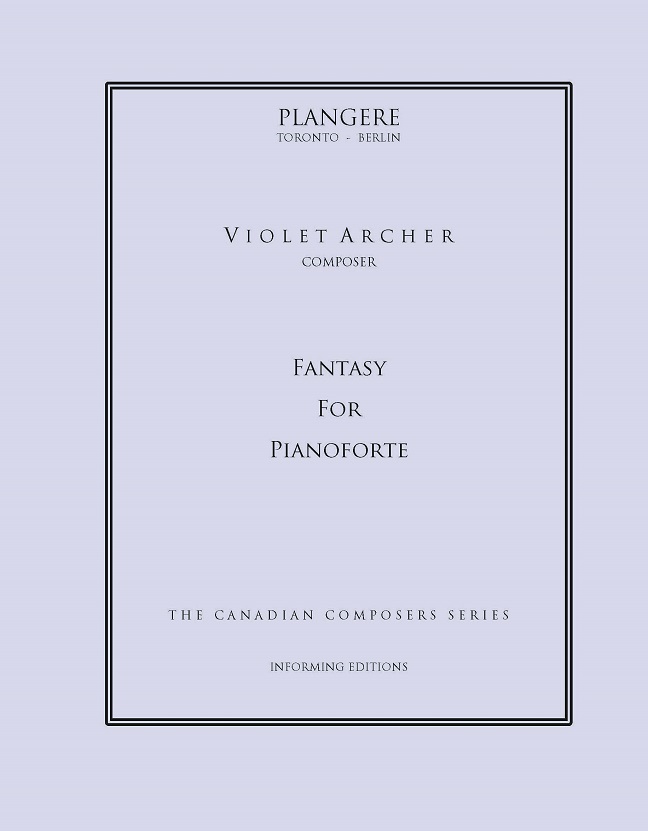
Fantasy for Pianoforte
$17.99 Add to cart -
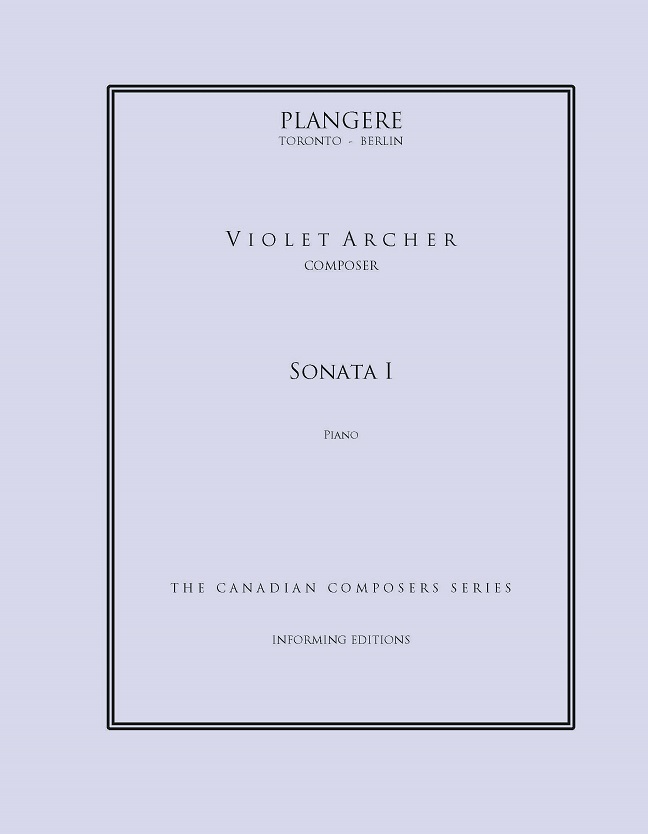
First Piano Sonata
$20.99 Add to cart -
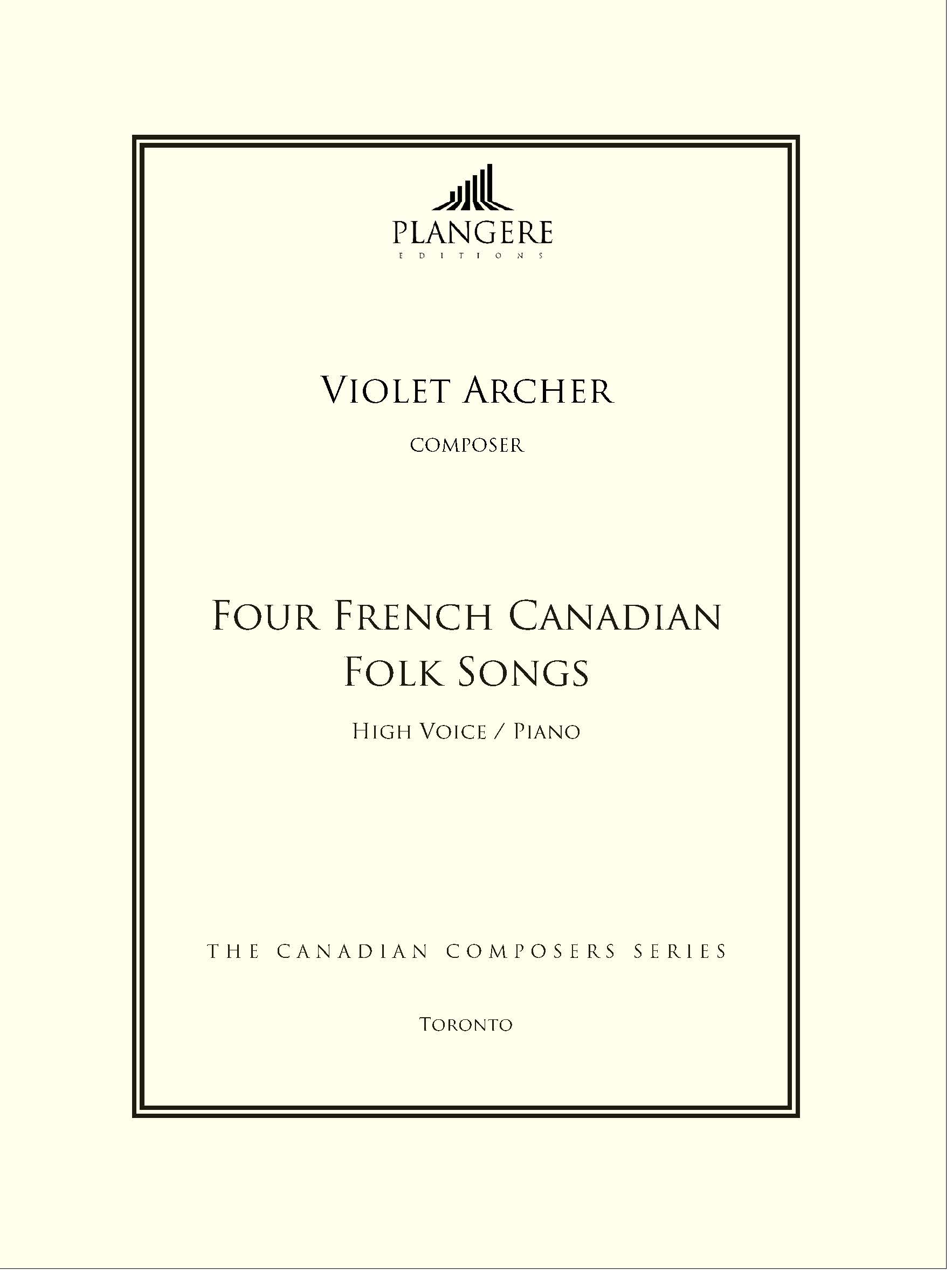
Four French Canadian Folksongs (High Voice)
$18.99 Add to cart -
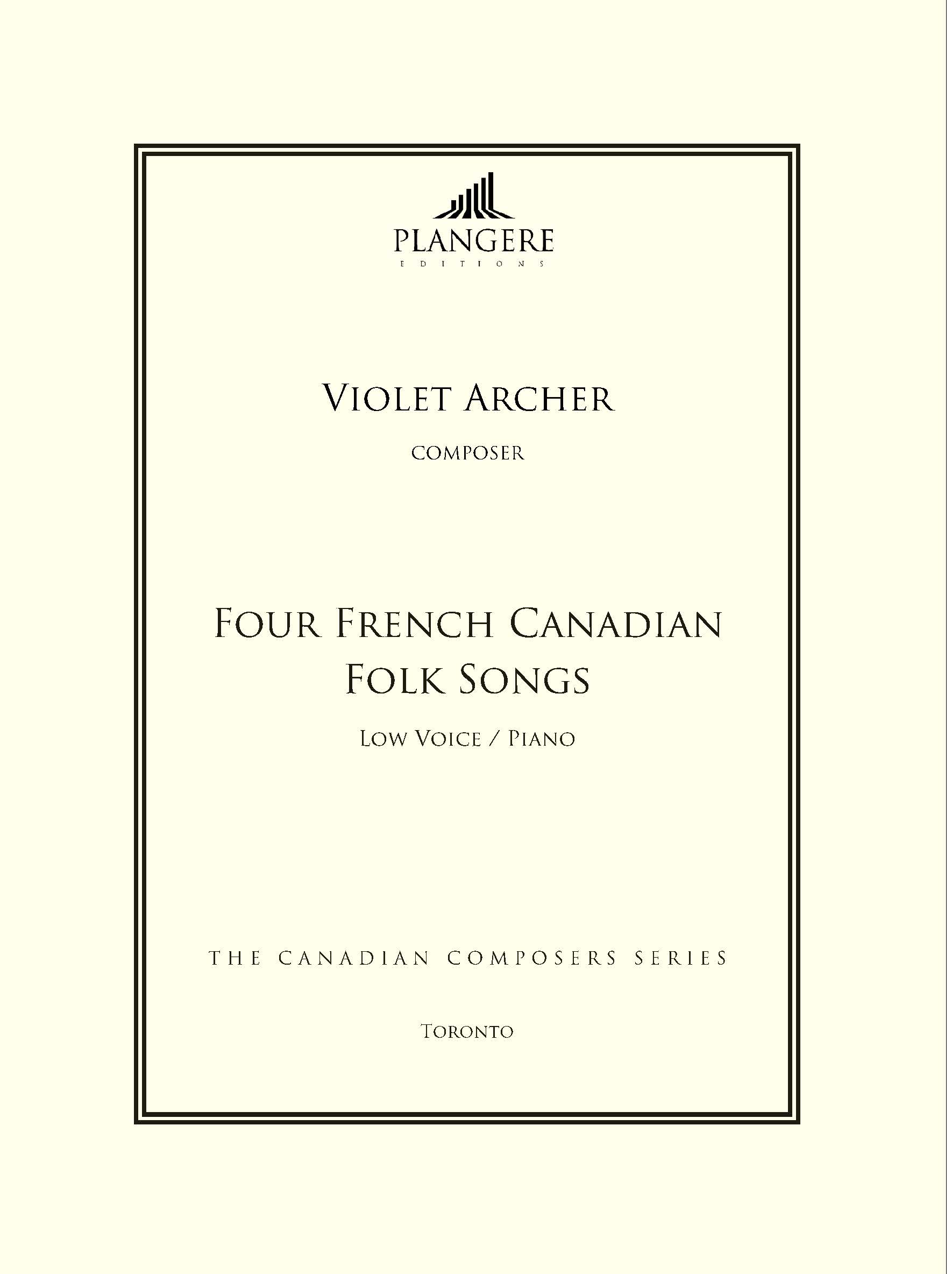
Four French Canadian Folksongs (Low Voice)
$18.99 Add to cart -
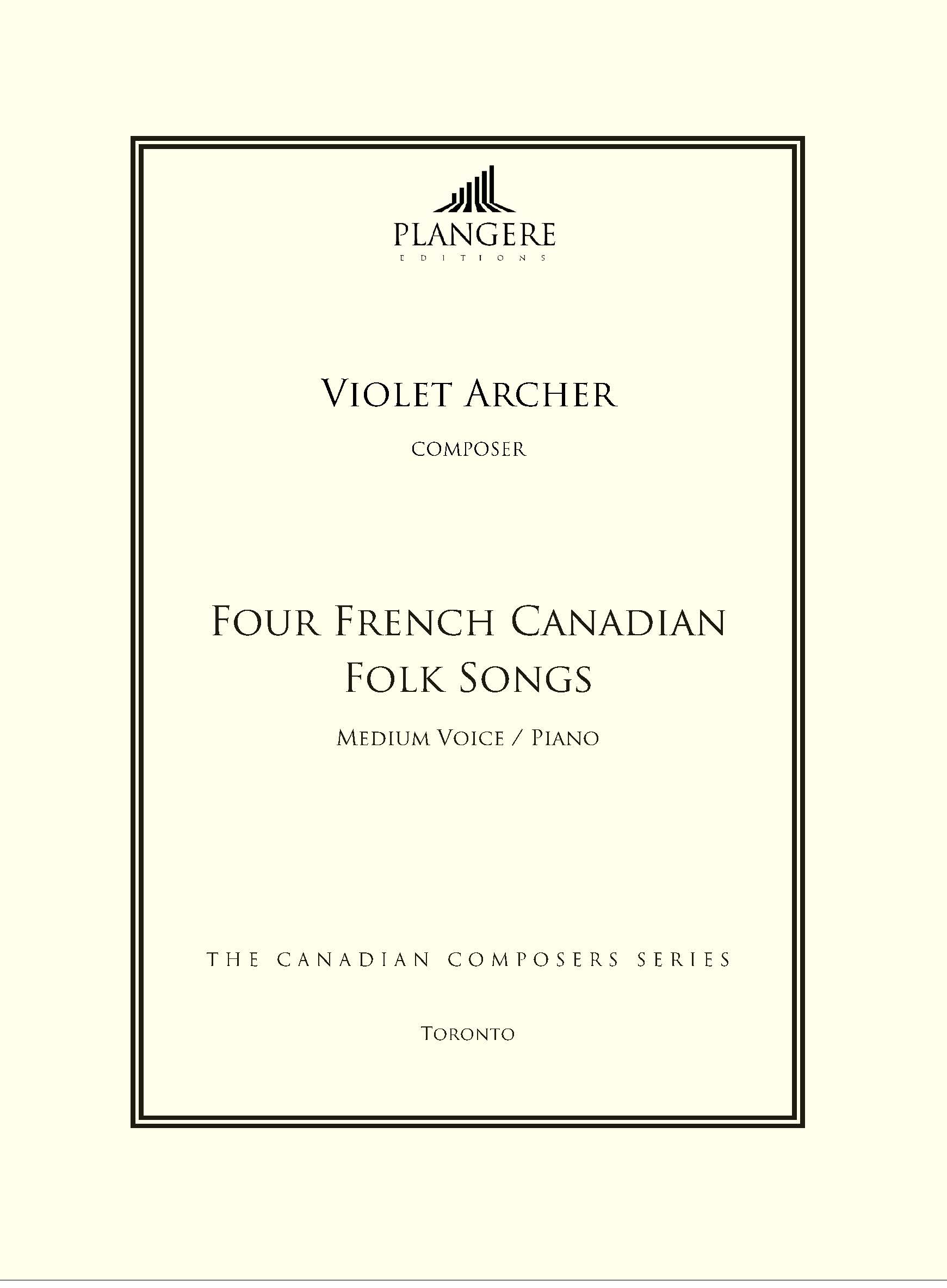
Four French Canadian Folksongs (Medium Voice)
$18.99 Add to cart -
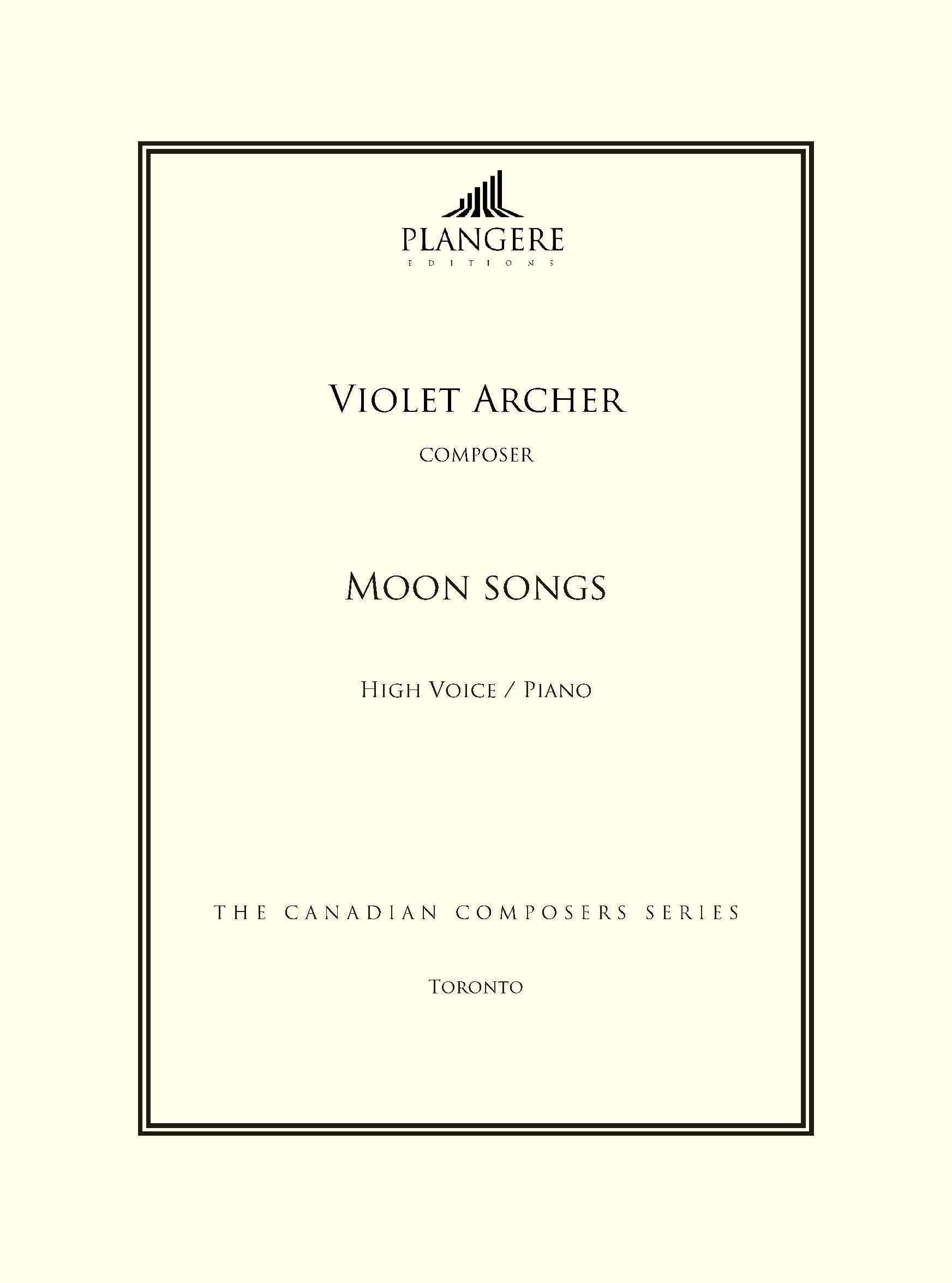
Moon Songs (High Voice)
$21.99 Add to cart -
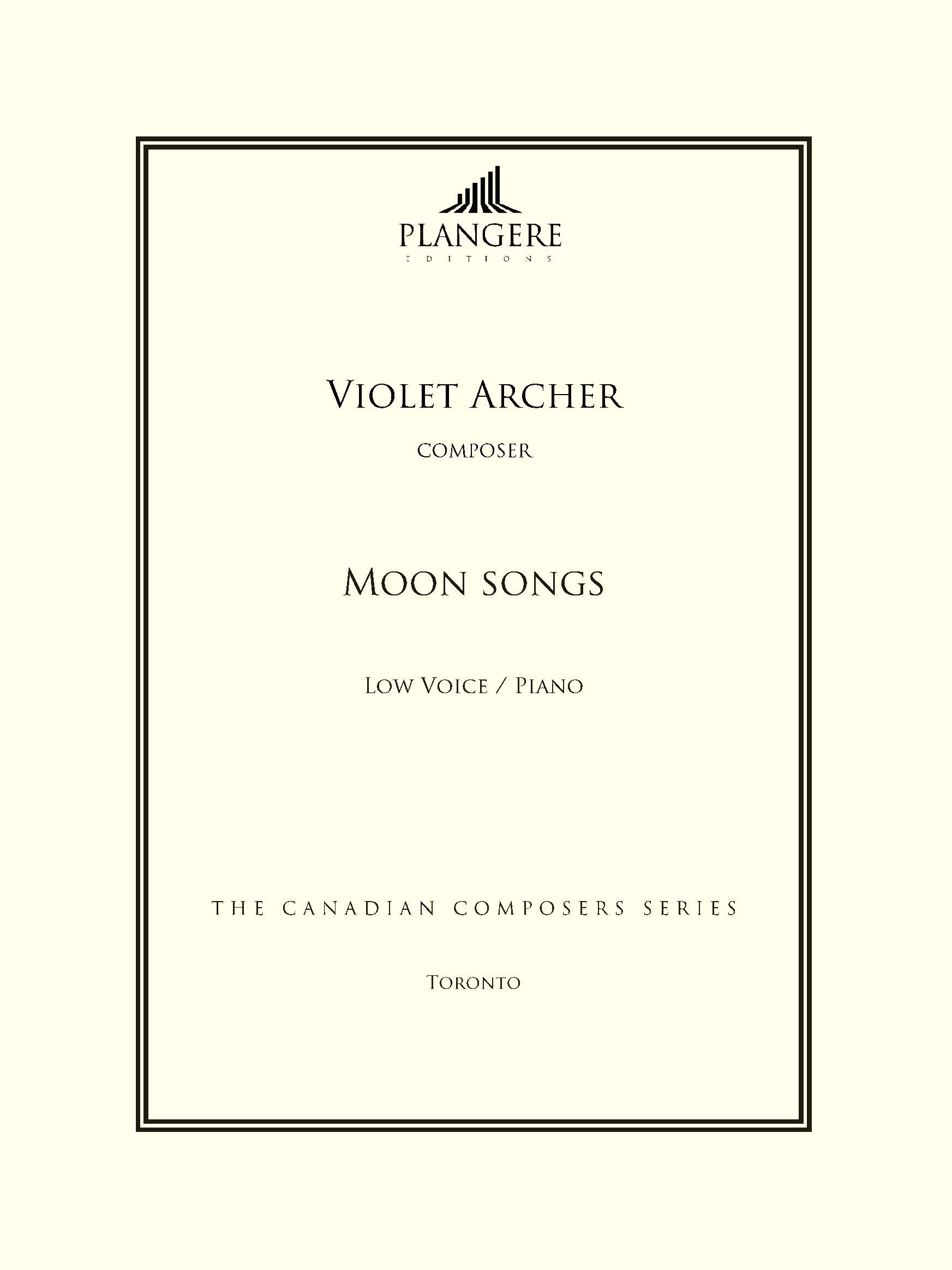
Moon Songs (Low Voice)
$21.99 Add to cart -

Moon Songs (Medium Voice)
$21.99 Add to cart -
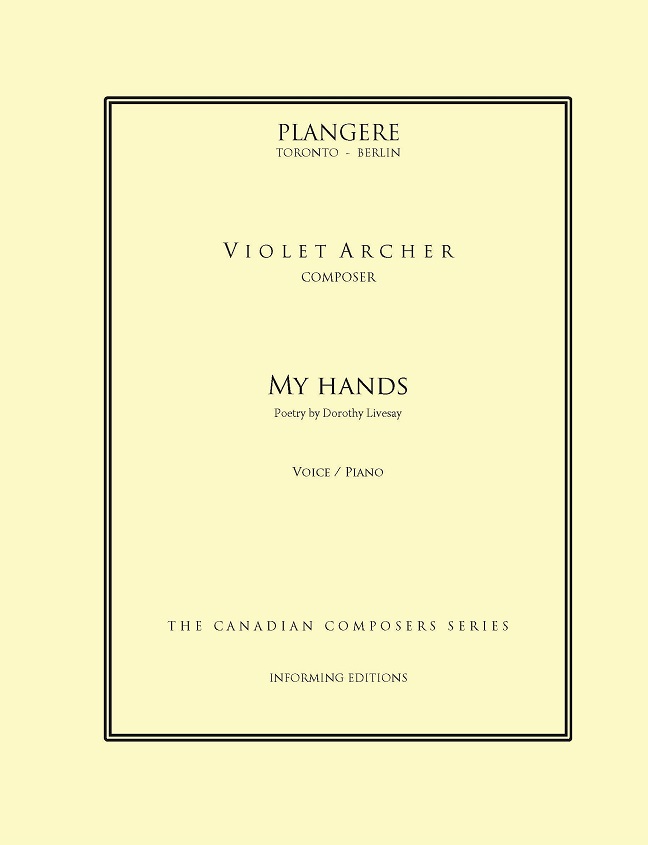
My Hands
$13.99 Add to cart -
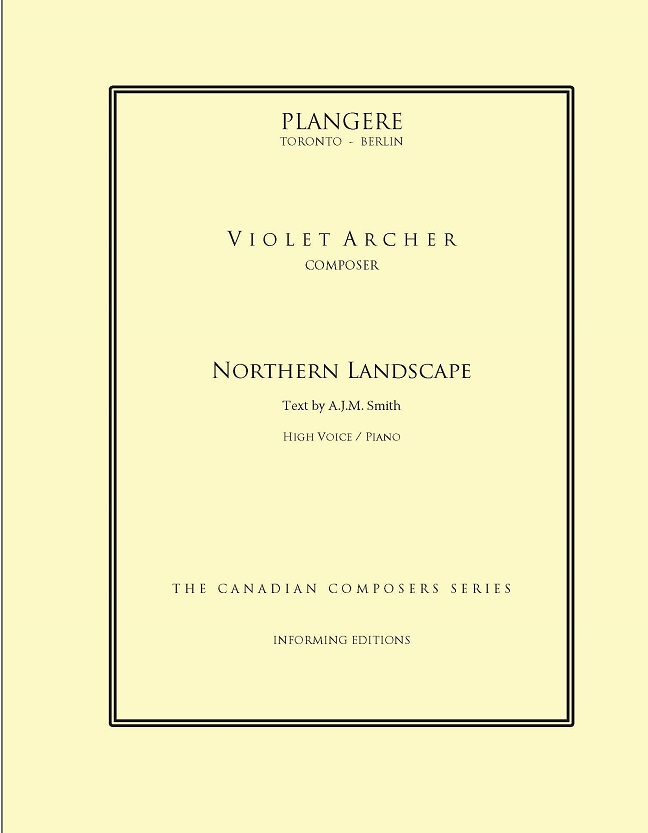
Northern Landscape; Three Songs to Texts by A.J.M. Smith (High)
$21.99 Add to cart -
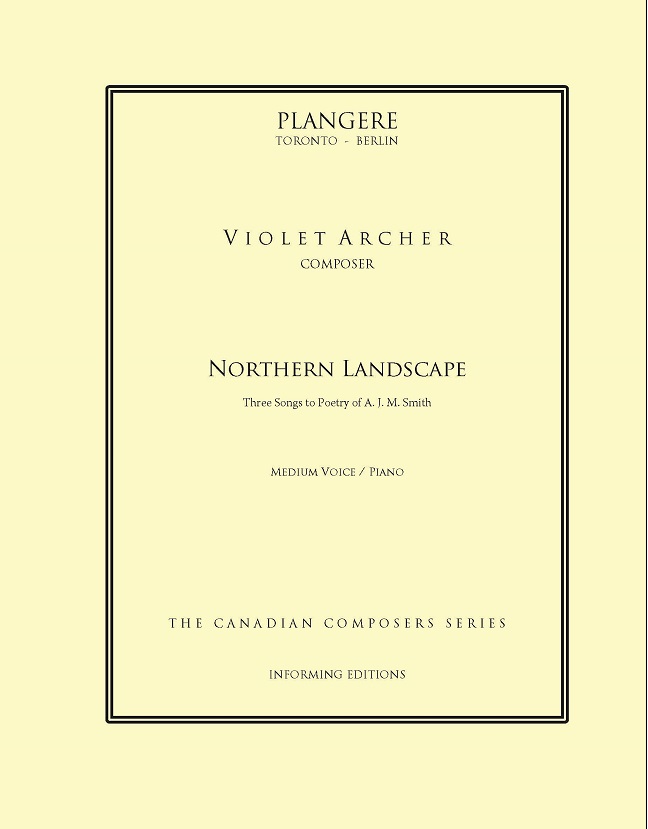
Northern Landscape; Three Songs to Texts by A.J.M. Smith (Med.)
$21.99 Add to cart
Showing 1–20 of 42 results
